What Does Reserve Capacity Mean on a Battery? (Breakdown)
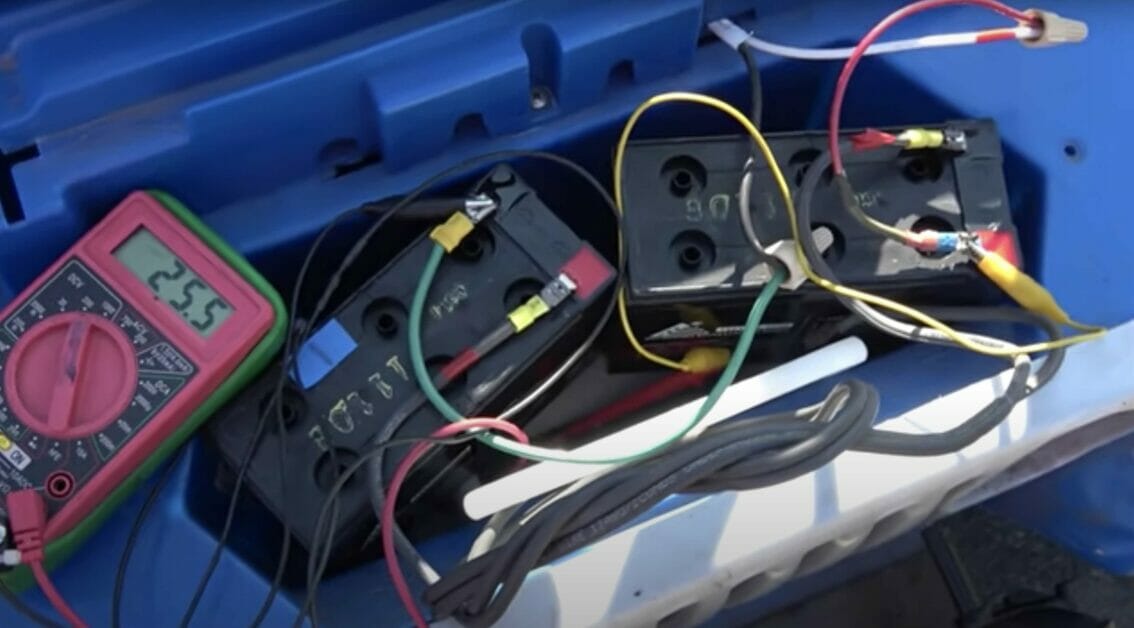
Have you ever been in a sticky situation where your car battery just can’t supply enough power to get things going? Well, let me introduce you to reserve capacity – a crucial but often overlooked factor in the world of batteries.
Essentially, reserve capacity refers to when a 12V battery can provide a constant 25 amp load and maintain a voltage above 10.5V. This helps determine how long your battery can provide power in emergencies or under heavy loads. For instance, a battery with a 160-minute reserve capacity can deliver 25 amps for 160 minutes before the voltage drops critically.
As we dive deeper into this topic, you’ll learn the ins and outs of reserve capacity and how it impacts your battery’s performance. Strap in, and let’s get going!
Common Vehicles and Their Reserve Capacities as an Example:
I must clarify that battery type and reserve capacity can vary depending on the specific model and year of the vehicle and the specific battery brand chosen as a replacement. Therefore, the numbers given are just an approximation and are meant for general reference purposes.
| Car Model | Battery Type | Approximate Reserve Capacity (Minutes) |
|---|---|---|
| Toyota Camry | Group 35 | 100 |
| Honda Accord | Group 51R | 85 |
| Ford F-150 | Group 65 | 150 |
| Chevrolet Silverado | Group 78 | 120 |
| Toyota Corolla | Group 35 | 100 |
| Honda Civic | Group 51R | 85 |
| Tesla Model S | 12V Lithium | N/A (auxiliary system) |
| Toyota Prius | Group 51 | 85 |
| Ford Escape | Group 96R | 90 |
| Chevrolet Malibu | Group 48 | 110 |
Note: Reserve Capacity is a general measure of the length of time a new, fully charged battery can continue to operate essential accessories if the vehicle’s alternator fails.
I will go into more detail below.
Understanding Reserve Capacity on a Battery
Reserve Capacity
Imagine you’re in a situation where your alternator fails, and your battery has to take over.
Reserve capacity measures how long your battery can sustain a constant load, like keeping the car running, without any help from the alternator. In simple terms, it’s the battery’s endurance.
Reserve capacity is measured in minutes. For example, a battery with a reserve capacity of 160 minutes can deliver 25 amps of power for 160 minutes before its voltage drops to a critical level.
Remember, the higher the reserve capacity, the longer your battery can provide power when needed. That’s something to keep in mind when shopping for a new battery!
Voltage
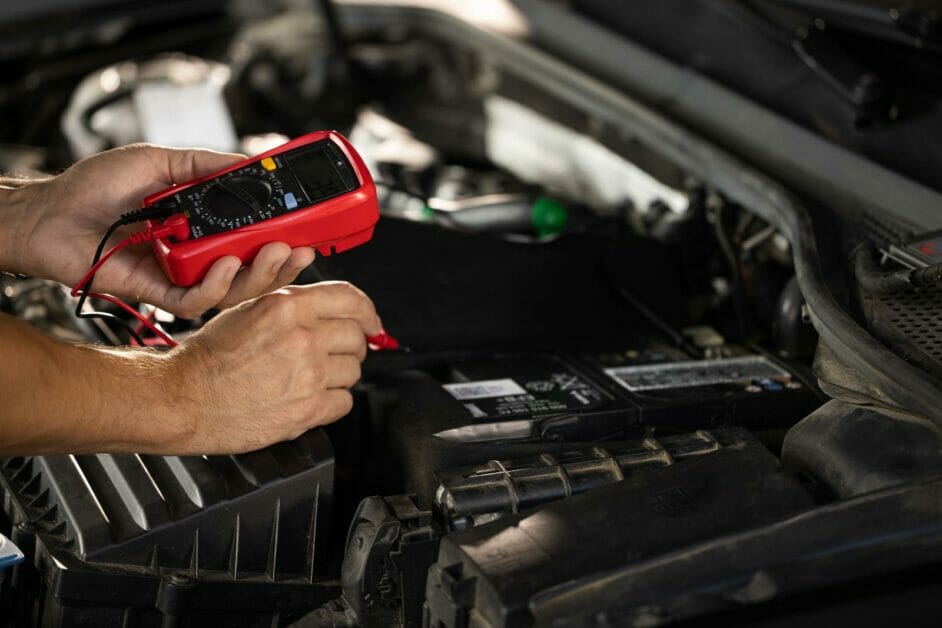
Alright, let’s talk about voltage. The voltage of a battery depends on the chemical reaction inside.
When a battery is fully charged, it has a higher voltage than what your car needs to operate. This voltage decreases as the battery discharges.
Reserve capacity represents when your battery can maintain a specific voltage under a constant load.
Most commonly, it’s measured at 10.5 volts with a load of 25 amps. When the battery’s voltage drops below this level, your car may not start or function properly.
That said, reserve capacity is a crucial aspect of any battery. It lets you know how long you can rely on your battery in emergencies or under heavy loads.
Reserve Capacity in Different Battery Types
Lead-Acid Batteries
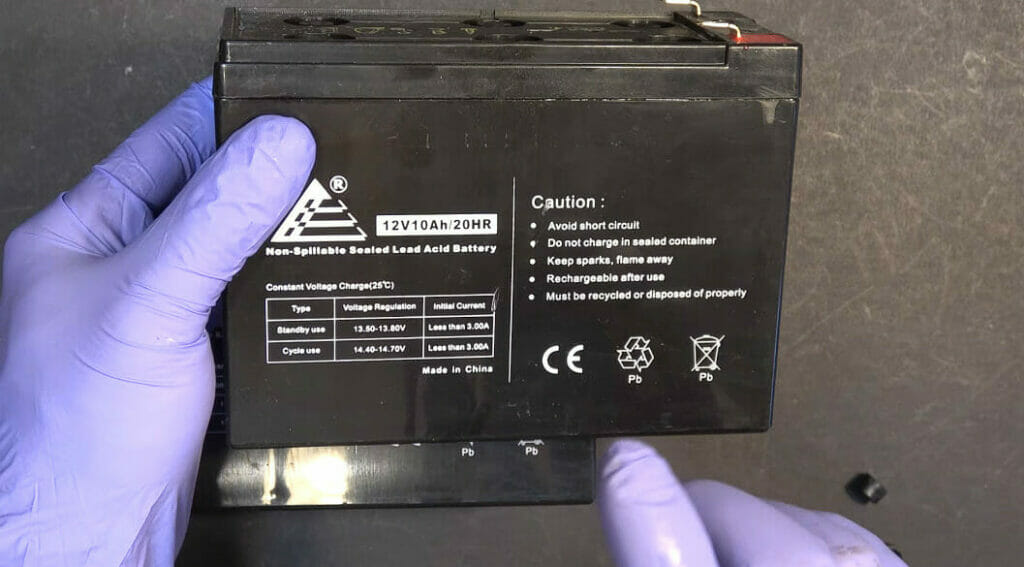
When it comes to their reserve capacity, it’s typically measured in minutes.
For instance, if a lead-acid battery has a reserve capacity of 100 minutes at 25 amps, it can consistently provide 25 amps for 100 minutes before the volts drop.
No sweat, right? Lead-acid batteries are pretty reliable with power output, but their weight may have you looking at other options.
Lithium Batteries
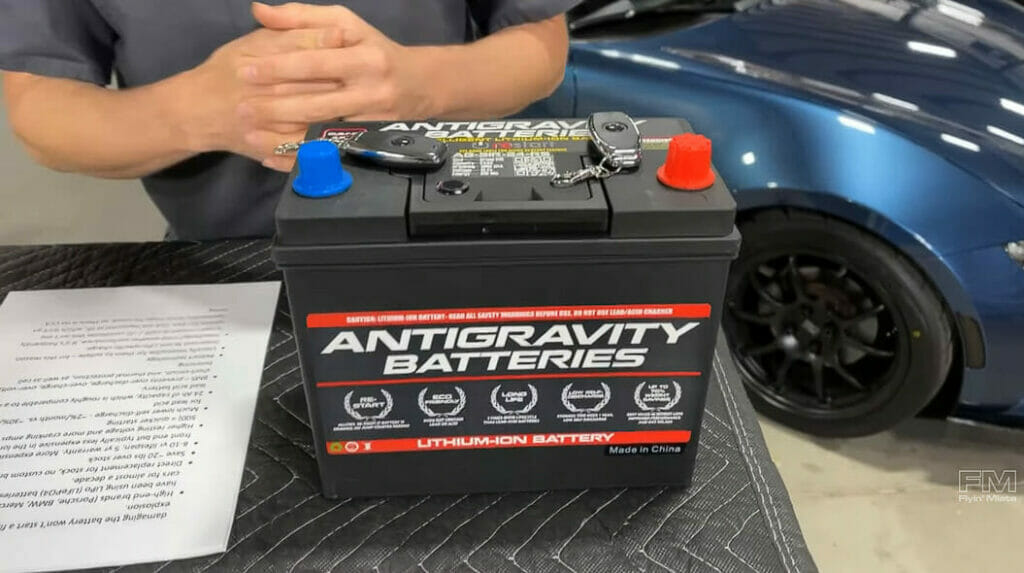
Now let’s talk about the youngsters of the battery world – the lithium batteries! These bad boys are lightweight, efficient, and they pack a punch.
Their reserve capacity is a bit different, though. Instead of minutes, it’s expressed in “amp-hours.”
So, if you have a lithium battery with a reserve capacity of 100 amp-hours, it can continuously deliver 100 amps for 1 hour or 50 amps for 2 hours.
It’s all in the numbers, folks! Remember, lithium batteries are pricier than their lead-acid counterparts, but their benefits are worth considering.
Deep Cycle Batteries
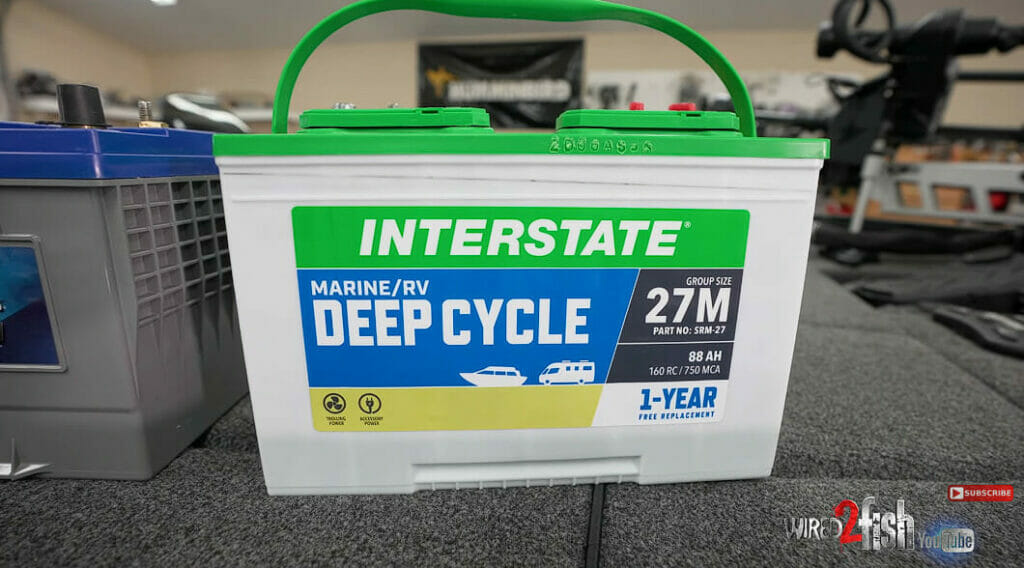
Lastly, let me introduce you to the trusty workhorses – deep cycle batteries. These guys can handle long, steady power output like nobody’s business.
These batteries also measure reserve capacity in minutes, just like lead-acid batteries. However, they have a lower discharge rate, allowing them to store more energy for those extended periods of use.
You’ll find deep-cycle batteries commonly used in boats, RVs, and solar systems where consistent, long-lasting power is essential.
Importance of Reserve Capacity in Various Automotive Scenarios
| Scenario | Importance of Reserve Capacity |
|---|---|
| Long Traffic Jams | Reserve capacity helps to keep essential functions like lights, air conditioning, and radio running while the engine is idling. |
| Night-time Driving | Internal and external lights can run longer with a higher reserve capacity. |
| Camping/Car-living | For people who use their vehicle as a living space or for camping, higher reserve capacity can allow for extended use of electronic devices and lights. |
| Breakdowns | During breakdowns or emergencies, a higher reserve capacity can keep essential systems running longer, like hazard lights. |
Reserve Capacity and Performance
Peukert Effect
When discussing reserve capacity (RC), we look at how long a fully charged 12V battery can handle a 25-amp load and stay above 10.5 volts.
But here’s the thing: the Peukert Effect comes into play because the battery’s usable energy decreases as the discharge rate increases. Wild, right?
This is important because the reserve capacity could differ for various power loads. You want to make sure you’re comparing apples to apples when picking a battery regarding reserve capacity.
Battery Life
Now, let’s chat about battery life. It’s crucial to remember that a battery with a higher reserve capacity can typically sustain voltage for a longer period, meaning it can provide power for longer under constant load.
Note that a battery’s quality greatly affects its performance and life expectancy. So, find a battery with a good reserve capacity rating that aligns with your power needs.
Automotive Applications of Reserve Capacity
| Component | Importance of Reserve Capacity |
|---|---|
| Engine | Reserve capacity helps keep the lights and other accessories running when the car is idling, such as during traffic jams. |
| Accessories | Some accessories can drain a battery if there is not enough reserve capacity. The higher the reserve capacity, the more accessories the battery can support. |
| Car Batteries | A higher reserve capacity in a car battery means a more reliable energy supply for the vehicle. It’s crucial to keep the vehicle running for an extended period when the engine is off. |
References
Organizations:
- Battery Council International (BCI). https://batterycouncil.org/
- Battery Association of Japan (BAJ). https://blog.japanesecartrade.com/1006-battery-association-of-japan/
Books:
- “Batteries in a Portable World: A Handbook on Rechargeable Batteries for Non-Engineers” by Isidor Buchmann.
- “Energy Storage Devices for Electronic Systems: Rechargeable Batteries and Supercapacitors” by Nihal Kularatna.
Websites:
- Battery University. https://batteryuniversity.com/
- Consumer Reports. https://www.consumerreports.org/
- Edmunds. https://www.edmunds.com/
- Car and Driver. https://www.caranddriver.com/
Video References
vuaeco
Flyin’ Miata
Wired2Fish
